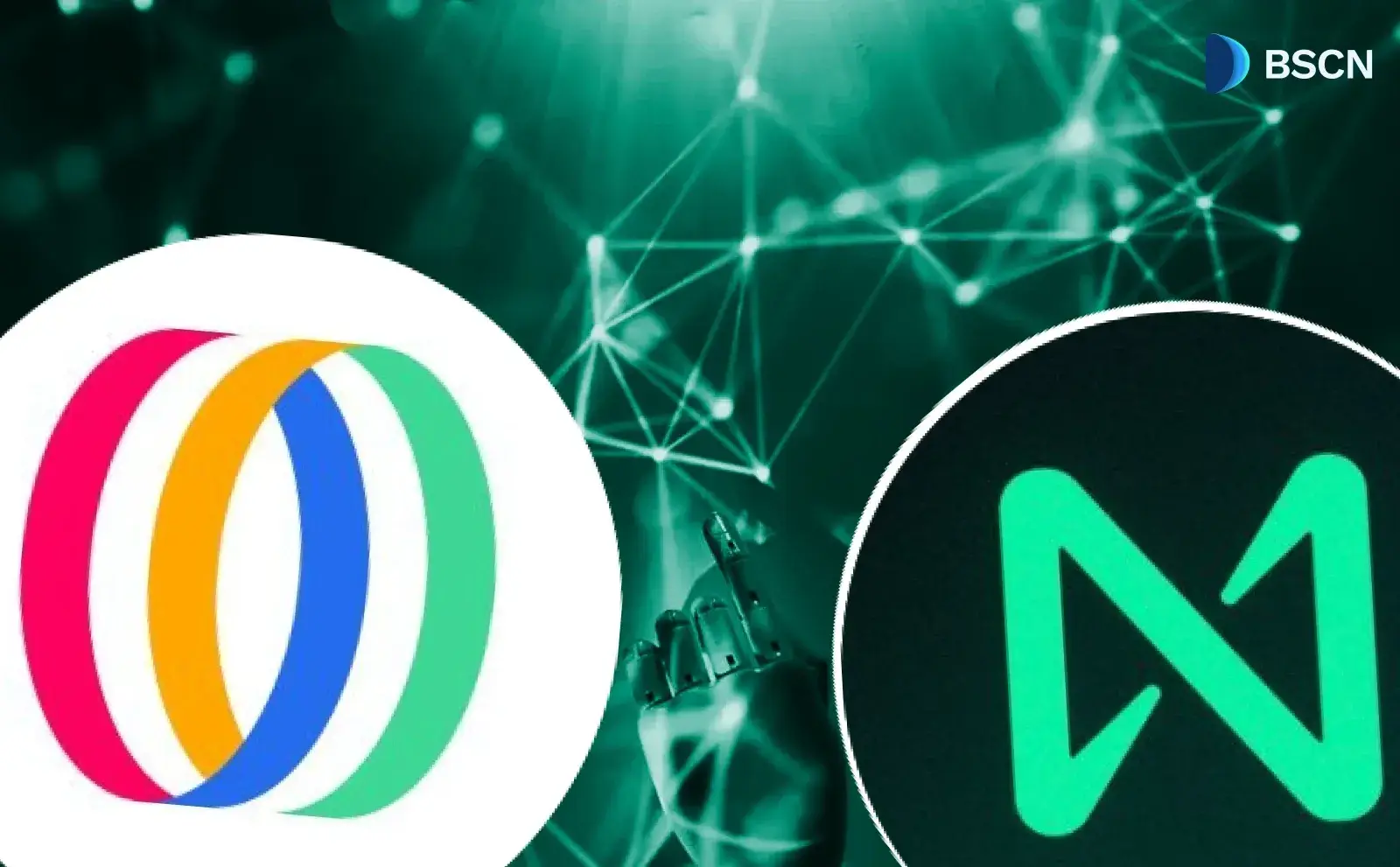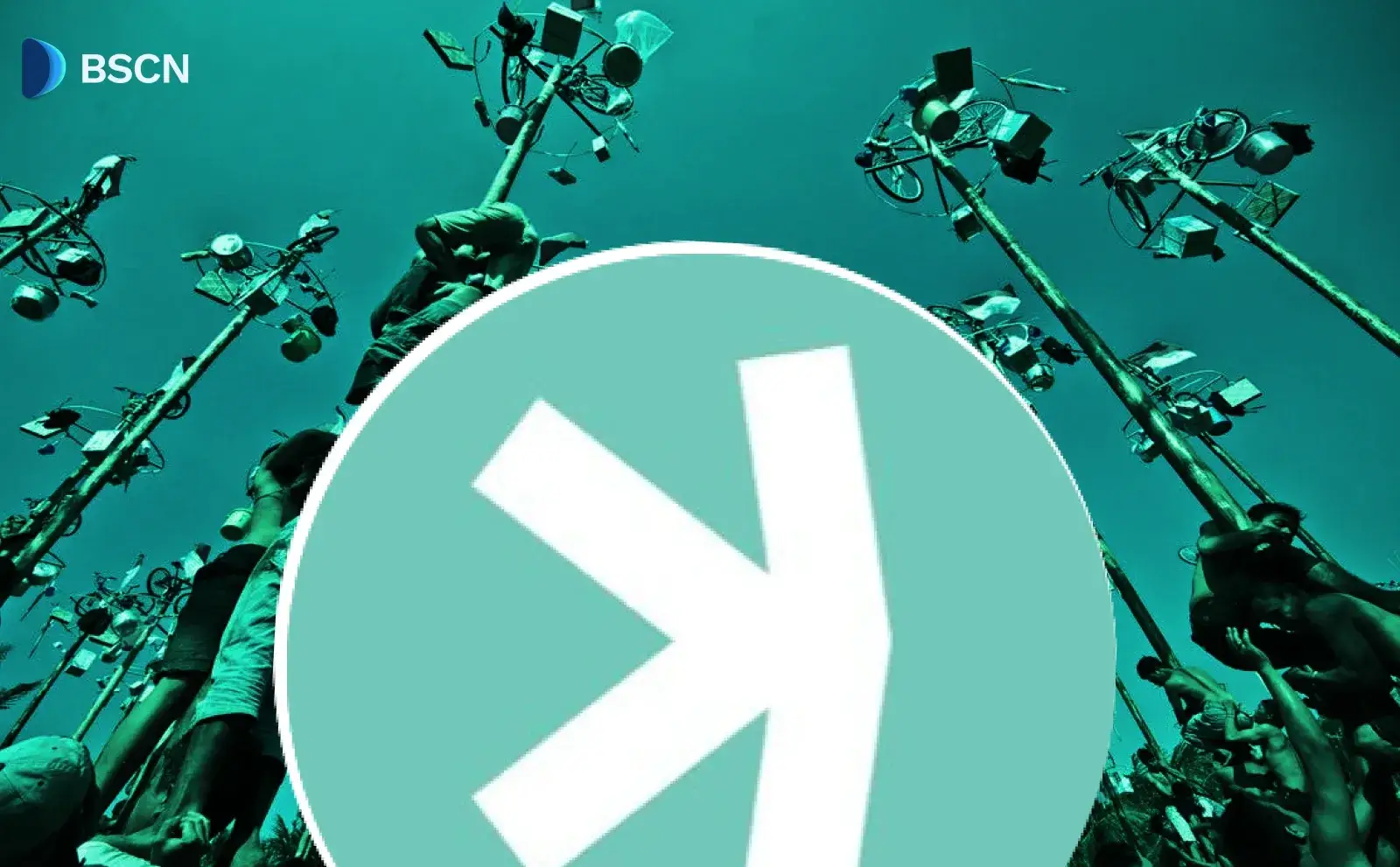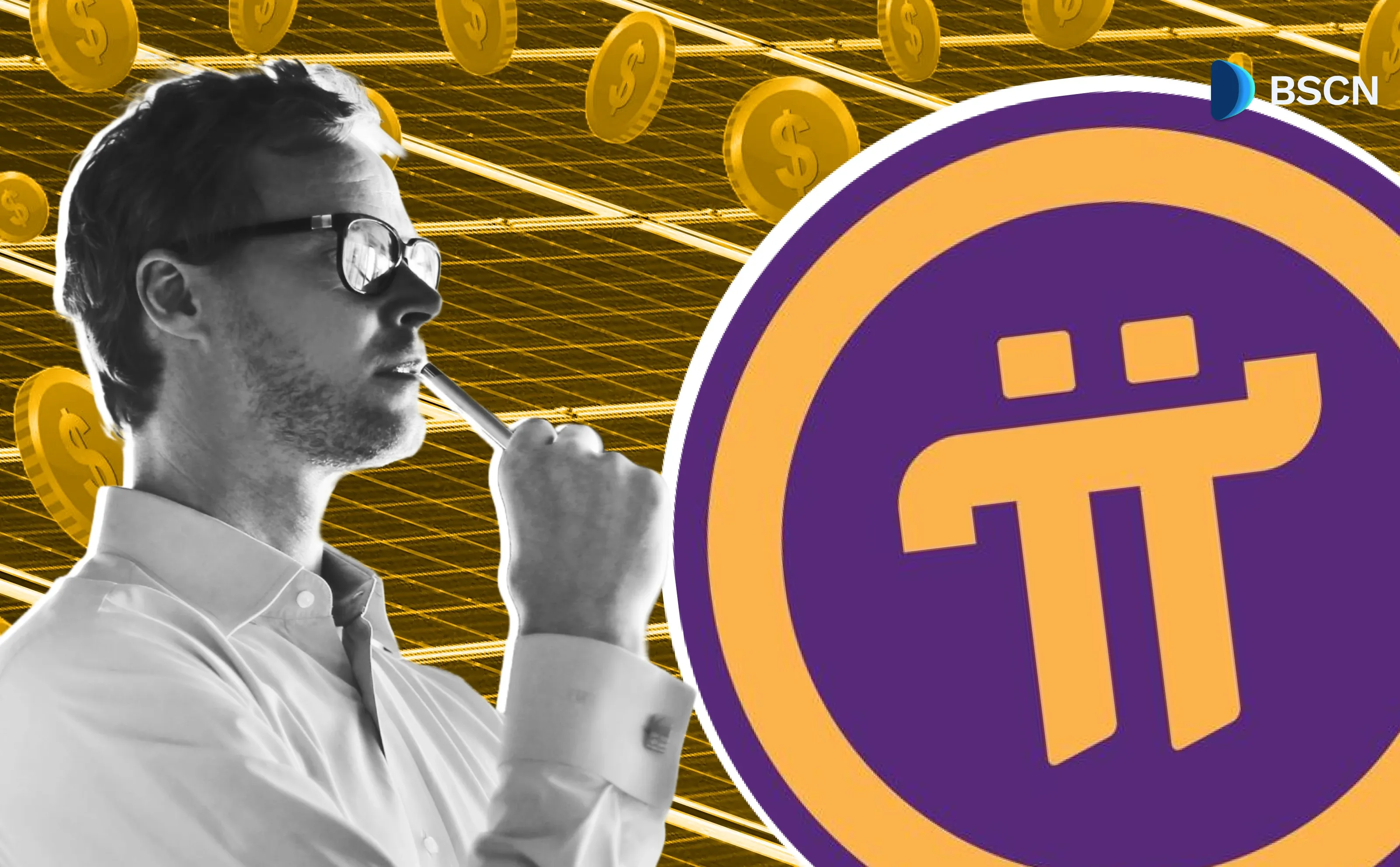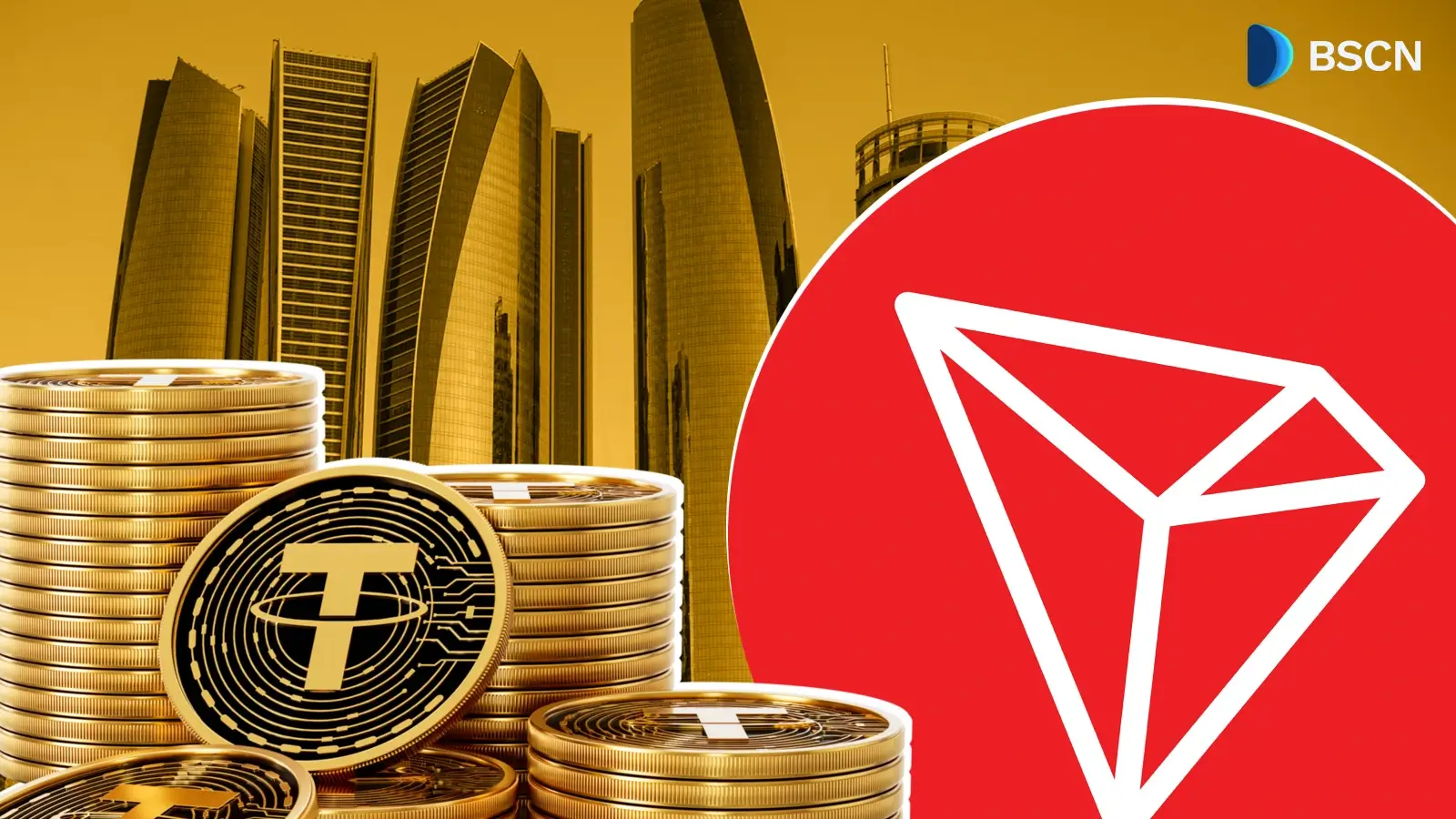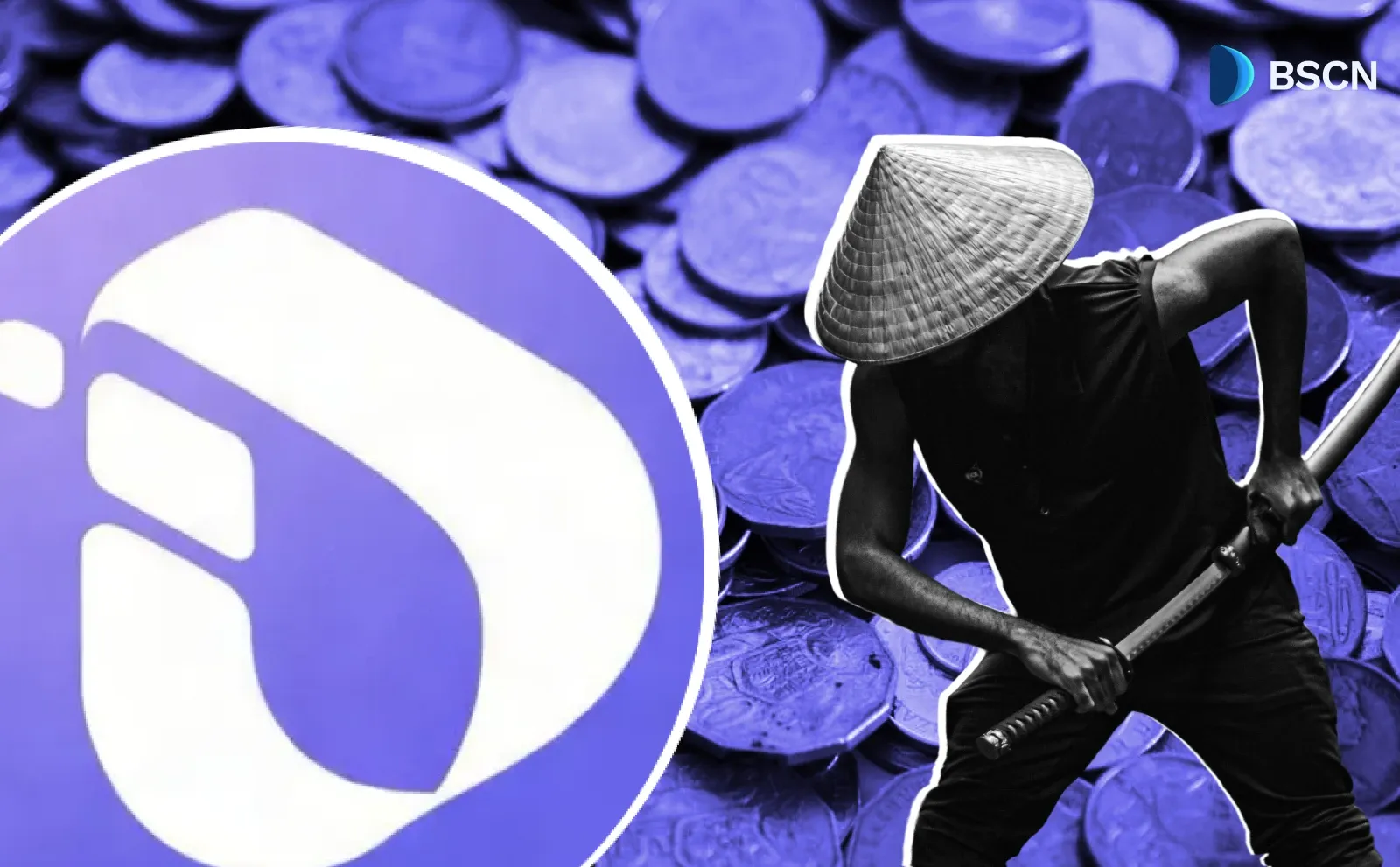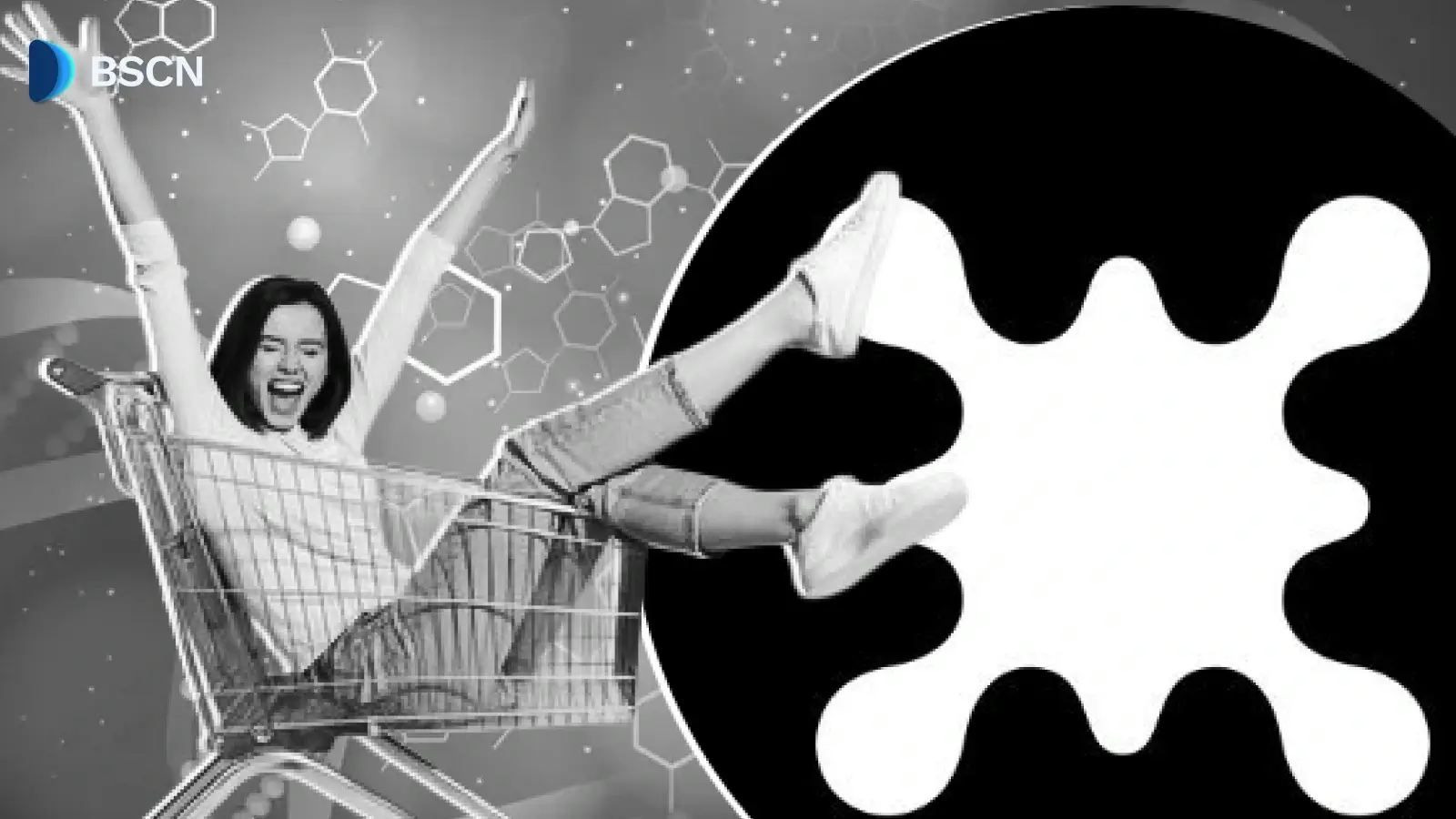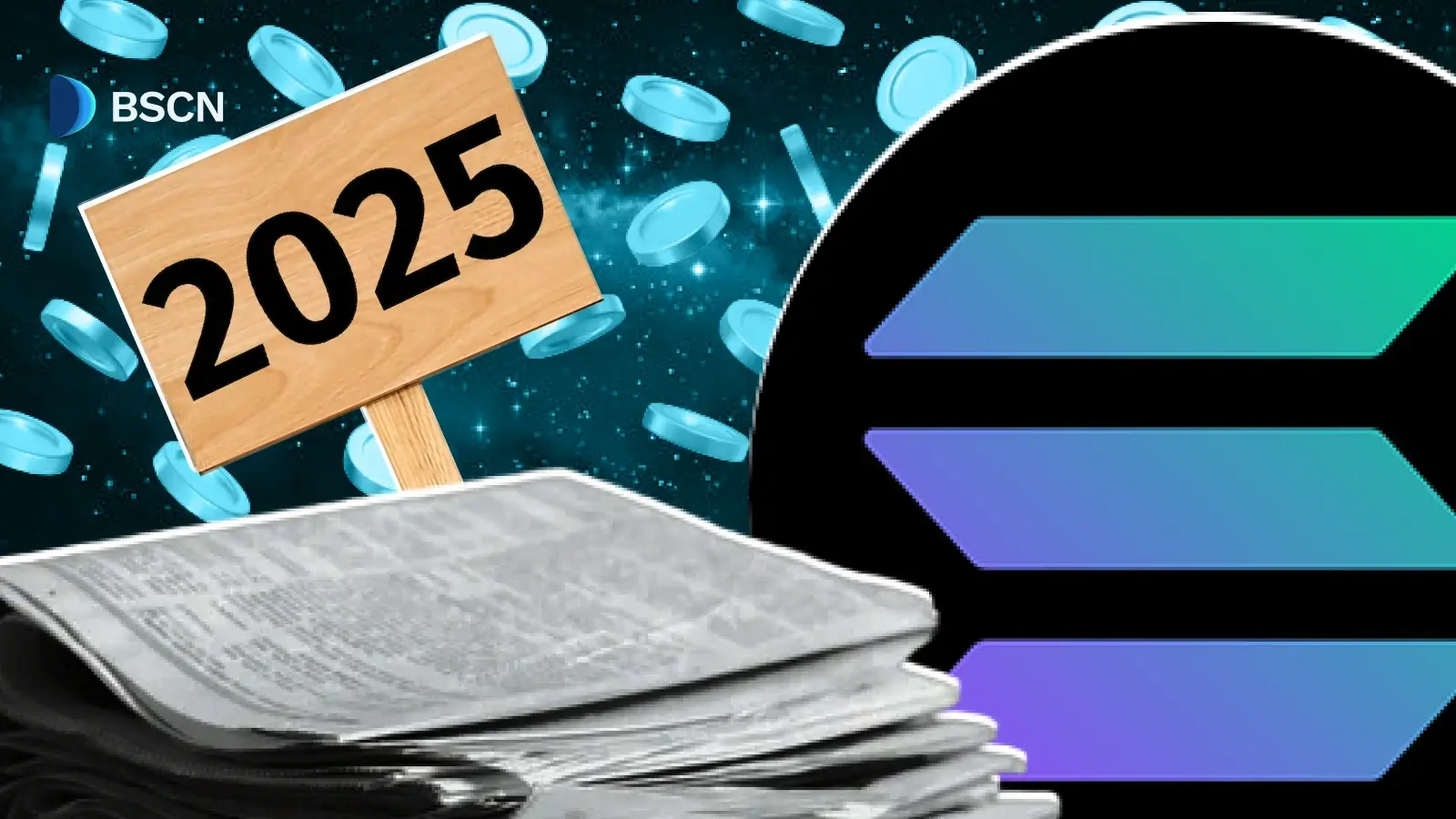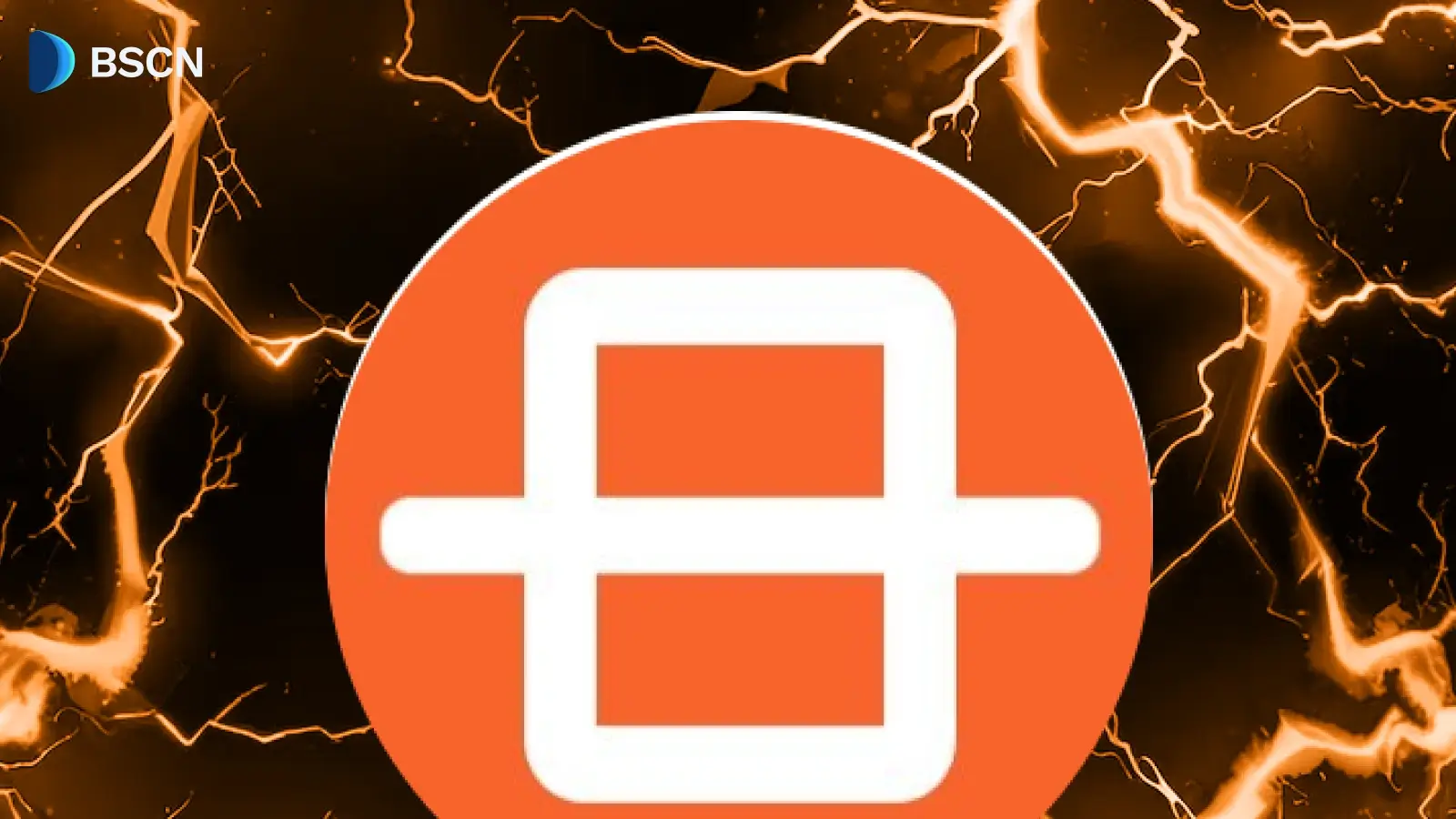Deepdive
(Advertisement)
What is Union & How Does it Work?
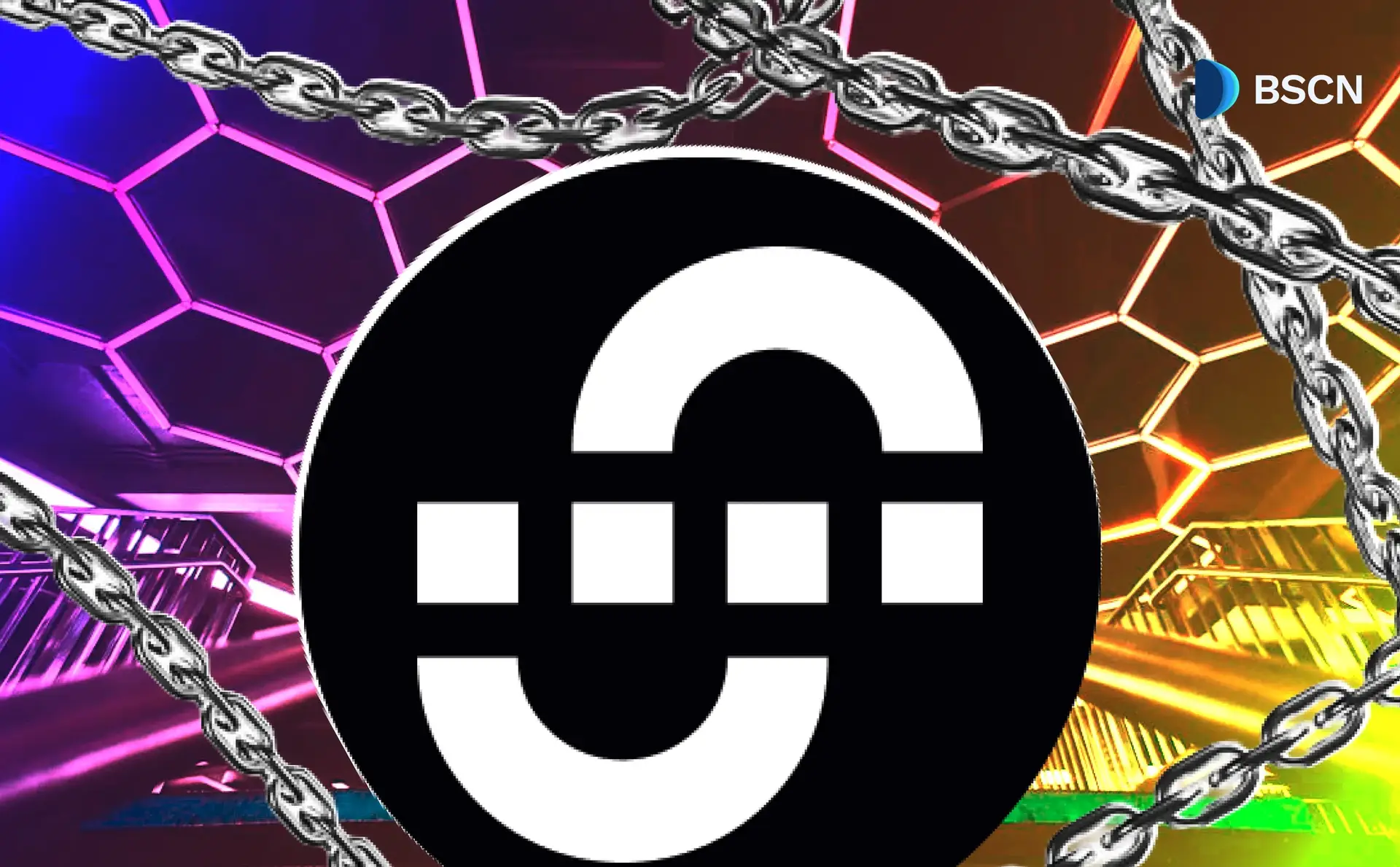
Union is a zero-knowledge interoperability protocol connecting blockchains like Ethereum and Cosmos for secure, trustless asset transfers and messaging without intermediaries.
UC Hope
August 1, 2025
(Advertisement)
Table of Contents
Union stands out as a protocol that enables cross-chain connectivity through zero-knowledge proofs and consensus verification, helping to link isolated networks, such as Ethereum rollups, Cosmos chains, and Bitcoin layers. This functionality addresses persistent issues such as network fragmentation, where separate blockchains limit asset mobility and application interoperability. Simply put, Union facilitates secure transfers of assets, non-fungible tokens, and messages without reliance on centralized bridges or oracles.
The protocol’s approach has proven relevant in reducing risks associated with bridge exploits, which accounted for $1.6 billion in losses in 2022, through trust-minimized mechanisms that prioritize censorship resistance and low-latency processing. With integrations across ecosystems, including Berachain for decentralized finance liquidity and Babylon for Bitcoin staking.
Backed by $16 million in funding and in active development since 2022, it aims to contribute to the evolution of modular blockchain architectures, where components such as light clients and relayers enhance scalability and developer accessibility in Web3.
Introduction to Union
Union, also known as Union Build, functions as a protocol for linking disparate blockchain networks. It uses zero-knowledge proofs to verify transactions and states across chains, which helps maintain trustlessness. The protocol supports general message passing, enabling the transfer of assets between ecosystems. This setup addresses issues like network fragmentation in Web3, where separate blockchains often operate in isolation.
The protocol's design incorporates elements from existing standards, such as the Inter-Blockchain Communication protocol from Cosmos, and extends them to EVM-compatible chains. By doing so, Union provides a method for subsecond messaging, which refers to the time it takes for intents or transactions to process across networks. Intents refer to user-specified actions, such as transferring funds or executing smart contracts on another blockchain.
To elaborate, Union relates to concepts such as light clients, which are simplified versions of blockchain nodes that verify data without downloading the whole blockchain. It also ties into rollups, which are layer-2 scaling solutions that bundle transactions off-chain before settling them on a main blockchain. Union's approach avoids common vulnerabilities found in centralized bridges, such as reliance on multisignatures or oracles, which have led to security incidents in the past.
How Union Started?
Union stems from Union Labs, a company established in 2022 to develop blockchain infrastructure. The founder, Karel Kubat, previously started Token Terminal, a firm specializing in blockchain analytics. Kubat, based in the Netherlands, assembled a team with experience from projects like Berachain and Cosmos. Berachain's founder, known online as Smokey, has also contributed to Union's development.
Funding for Union Labs commenced with a $4 million seed round in 2023, led by investors including Galileo, Semantic Ventures, and Tioga Capital. A subsequent $12 million Series A round in December 2024, led by Gumi Cryptos Capital and involving Superscrypt and Hashkey, raised the total to $16 million. These funds supported the protocol's growth, including open-source work on GitHub under the repository unionlabs/union, which began in early 2024.
Testnet phases began in 2024, with versions such as v2.5 and v9 becoming public by mid-2025. The mainnet launch is scheduled for the third quarter of 2025, if everything goes according to plan.
How Union Works: Key Features
Union verifies consensus across chains using zero-knowledge proofs, which enable one party to prove knowledge of information without revealing it. This method ensures secure and efficient cross-chain interactions. The protocol's core includes components such as CometBLS and Uniond, which handle fast finality. Other elements include Voyager, Galois, and Hubble, an indexer for general message passing.
Here’s the breakdown of how the protocol works:
Key Components:
Core Components - CometBLS and uniond: At the heart of the protocol is CometBLS, a consensus engine integrated into Union's node software, known as uniond. This component manages fast finality, the stage at which transactions achieve irreversibility, ensuring quick confirmation of cross-chain operations.
Additional Elements - Voyager, Galois, and Hubble: Union includes Voyager as a relayer to handle message passing across ecosystems, Galois for generating the zero-knowledge proofs essential to the verification process, and Hubble as an indexer that organizes data for general message passing, facilitating broader communication between chains.
Light Client Integrations: The protocol utilizes light clients, simplified node versions that verify data without requiring full chain downloads, to connect with Cosmos ecosystems through the Inter-Blockchain Communication (IBC) protocol and with EVM chains, thereby enabling compatibility across diverse blockchain environments.
Process Flow for Transactions
Users initiate actions by submitting an intent via Union's decentralized application (dApp). The system then gathers proofs from the originating chain, performs verification on Union's dedicated layer, and forwards the outcome to the target chain, completing the cross-chain interaction.
This workflow enables near-instant processing, with intents typically resolving within under a second. Developers can connect to the protocol via application programming interfaces (APIs), allowing them to deploy code once for access across multiple chains.
Union's design is permissionless, permitting open participation without prior authorization, and supports upgrades managed by decentralized governance mechanisms where stakeholders vote on changes. Additionally, Network nodes utilize Unionvisor, a monitoring tool that oversees operations and maintains stability in production environments.
Union's Ecosystem
Union connects various blockchain types. The ecosystem features tools like a testnet faucet for obtaining tokens and an explorer for viewing transactions. Here’s the breakdown:
Overview of the Ecosystem: The Union ecosystem encompasses a range of blockchains, rollups, and decentralized applications connected through its zero-knowledge interoperability protocol. It facilitates trustless asset transfers, message passing, and integrations across diverse environments, including EVM, Cosmos, and Bitcoin layers, emphasizing a modular design for scalability and security without intermediaries.
Supported Chains and Rollups: Union connects various blockchain types, including EVM-compatible chains (Ethereum, Arbitrum, Berachain, Scroll, Polygon, Movement, Avalanche, BNB Chain), Cosmos SDK chains via IBC (Cosmos Hub, Osmosis, Stride, Stargaze, Secret, Sei, Canto), Bitcoin layers (Babylon, Corn, BOB, Rootstock), and alternative VMs like SVM (Solana) and MoveVM (Aptos, Sui, Noble). This broad support enables seamless interactions across fragmented networks, with ongoing expansions for Bitcoin Layer 2s and modular rollups, such as Arbitrum Orbit and Polygon CDK.
Integrations and Partnerships: Union integrates with projects. Some of the integrations are:
- Babylon for Bitcoin staking
- Polygon AggLayer for Cosmos-Ethereum liquidity
- Secret Network for privacy-preserving messaging
- Stargaze for NFT bridging
- XION for chain abstraction
- Noble and Movement for asset transfers in Celestia's stack
- PumpBTC and Lombard Finance for BTC liquidity
- Sei for dashboard support, and Dextr for cross-chain swaps.
These partnerships and integrations enable use cases such as cross-chain governance and DeFi operations across ecosystems.
Tools and Infrastructure: Key tools include the faucet for testnet tokens, the explorer for transaction viewing, a dashboard for tracking missions, XP earnings, and light client sync status, as well as components such as CometBLS for consensus, Galois for ZK proofs, Voyager for relaying, and Hubble for indexing. These support developer integrations via SDKs in Solidity, Rust, and Move, with open-source code on GitHub.
Key Product: The BTC App
The BTC App is a dedicated interface within the Union ecosystem for handling Bitcoin-related interoperability and transfers. It operates in alpha mainnet mode, meaning it's live for production use but still in an early, testing-oriented stage with potential limitations or updates expected. The app focuses on connecting Bitcoin layers and ecosystems in a trust-minimized way, leveraging Union's zero-knowledge proofs and consensus verification to enable seamless asset movements without centralized bridges or custodians.
Launched in April 2025, the BTC App supports connections between chains such as Babylon (for Bitcoin staking), Corn, BOB (Build on Bitcoin), and Ethereum. Its primary purpose is to facilitate Bitcoin finance (BTCfi), by allowing users to bridge Bitcoin liquid staking tokens (LSTs), transfer assets, and participate in DeFi activities across these networks. This includes bridging BTC LSTs like uniBTC or stBTC to earn yields, provide liquidity, or engage in staking without wrapping assets or relying on intermediaries.
Key Features
Key features include:
- Institutional wallet support for enhanced security and control.
- Real-time transfers with subsecond messaging.
- Integration with Union's points program (the BTCfi Flywheel).
Users earn boosted points (e.g., 2x or 2.5x multipliers) by bridging assets to Babylon via the app and using partners like Escher Finance (for LSTs), Satlayer, or Tower (Babylon's native DEX). These points reward participation and can lead to additional yields from liquidity pools or staking.
How it Works
The app works by allowing users to connect a wallet (e.g., MetaMask or Keplr), select source and destination chains, specify assets or intents (like transfers or staking actions), and execute transactions. Union's underlying protocol handles proof verification and relaying, ensuring security and efficiency.
For example, users can bridge BTC from Ethereum to Babylon for staking, then use the LSTs in DeFi on Tower for boosted rewards. The interface is accessible at https://btc.union.build/, with functions for transfers, dashboard monitoring, and mission completions tied to the points system.
As part of Union's broader ecosystem, the BTC App contributes to reducing fragmentation in BTCfi, with over $40 million in BTC LSTs transported since Babylon's launch. It's separate from the main testnet app but aligns with the protocol's roadmap toward full mainnet in Q3 2025.
Union's Native Token
The Union token, according to the protocol’s blog, will be launched alongside the mainnet rollout. The token will be ERC-20 based, ensuring broad compatibility with EVM chains and supporting crosschain operations. As of writing, the protocol is yet to share details regarding its tokenomics;
Utilities: The token will be integrated into DeFi ecosystems, including decentralized exchanges, lending protocols, and derivatives platforms. It will enable composability with major EVM DeFi protocols and reduces liquidity fragmentation by being crosschain-native. Additionally, it will support message passing for various functions, unlocking DeFi opportunities like using staked positions as collateral.
Staking: Users can stake Union tokens from connected chains (starting with Ethereum) without bridging, using a custom crosschain governance module. Staking creates a position delegated to validators, tracked in EVM wallets, with rewards withdrawable after unstaking periods. Traditional Cosmos-based staking is also available.
Governance: Crosschain governance allows staking and delegation from other chains, with initial support for EVM ecosystems. Voting is currently limited to direct staking on the Union chain, with crosschain voting planned for future updates.
Security Mechanisms: Union’s native token will leverage Ethereum's mature infrastructure, including multisig tools like Safe for transaction management and hardware wallet integration. Smart contracts for vesting and distributions are noted as advanced. The protocol uses ZK-powered IBC for secure message passing.
Union’s Roadmap to Mainnet
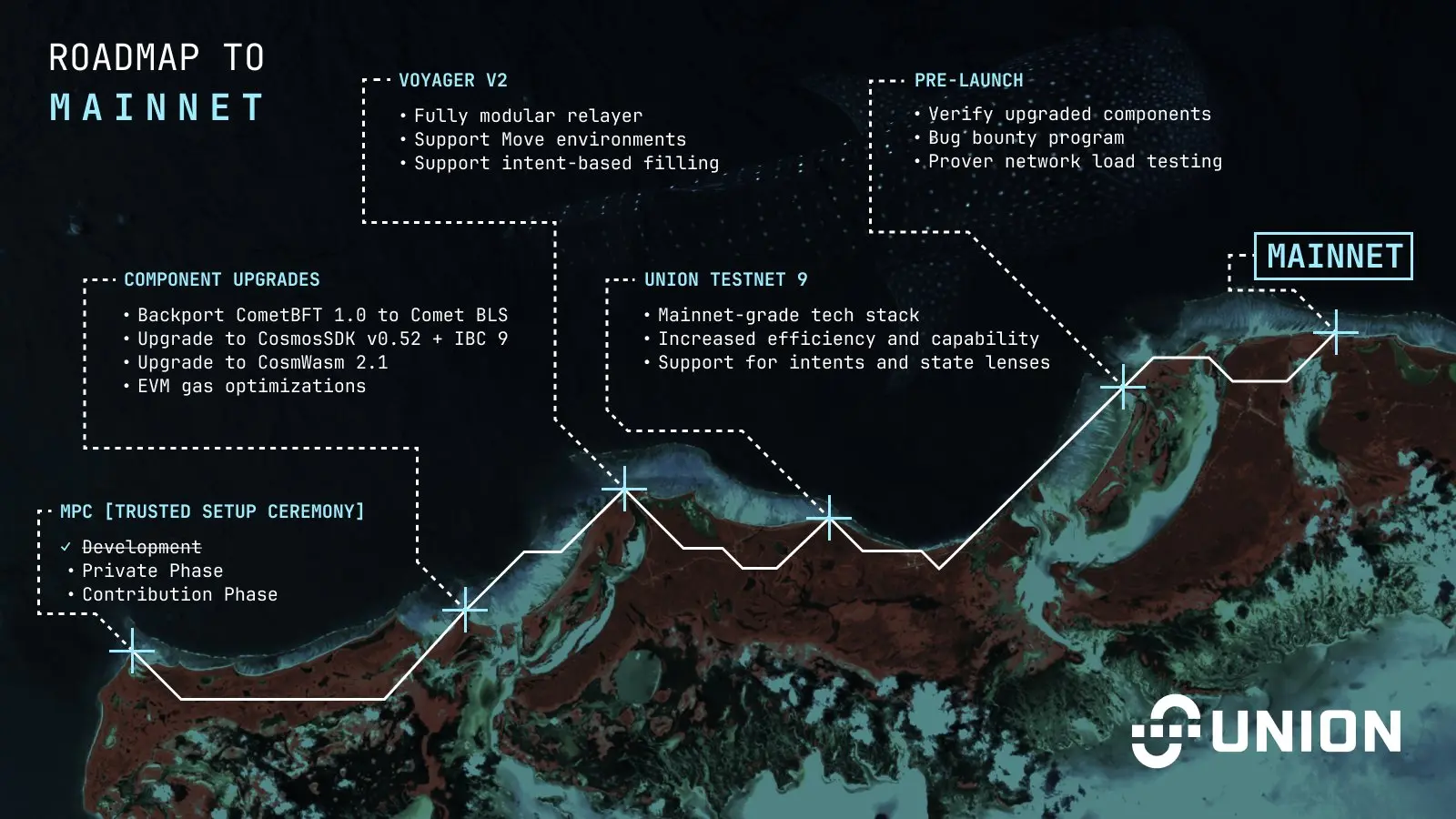
Union's roadmap to mainnet, announced in a September 2024 thread on X, outlines a structured sequence of phases to prepare its hyper-efficient interoperability protocol for launch. The plan emphasizes cryptographic security, technical upgrades, enhanced functionality, and rigorous testing to connect ecosystems like Ethereum, Cosmos, and Bitcoin without intermediaries.
Phase 1: Trusted Setup Ceremony: This initial phase involves a multi-party computation (MPC) process where multiple participants generate cryptographic keys to secure Union's zero-knowledge (ZK) circuits. It includes a development stage, a private phase for internal testing, and a contribution phase open to the crypto community for decentralized input, ensuring broad participation and trustlessness.
- Phase 2: Component Upgrades: Key infrastructure elements are updated to improve performance and compatibility. This includes backporting CometBFT 1.0 to CometBLS (Union's consensus engine), upgrading to CosmosSDK v0.52 and IBC 9 for better blockchain communication, advancing to CosmWasm 2.1 for smart contract execution, and implementing EVM gas optimizations to reduce costs on Ethereum-compatible chains.
- Phase 3: Voyager v2: Union's relayer tool, Voyager, receives a major upgrade to version 2. It becomes fully modular for flexible integrations, adds support for Move environments (used in chains like Aptos and Sui), and introduces intent-based filling, allowing third parties to fulfill cross-chain transfers for faster, near-instant experiences and broader asset management across networks.
- Phase 4: Union Testnet 9: Building on the open Testnet 8 (with prior testnets 1-7 being internal), Testnet 9 deploys a mainnet-grade technology stack with increased efficiency and capacity. It incorporates support for intents (enabling generalized settlement) and state lenses (conditional light clients that extract chain states without re-executions, unlocking cross-chain queries and innovations like naysayer proofs).
- Phase 5: Pre-Launch: This verification stage tests all new and upgraded components under load, including prover network stress testing. A bug bounty program engages the developer community to identify and resolve vulnerabilities, enhancing security before the final rollout.
- Phase 6: Mainnet Launch: The culmination of the roadmap, where Union goes live as a production network connecting blockchains, rollups, and appchains across ecosystems, with all prior phases completed to ensure stability and functionality.
Current Status and Future Outlook of Union Protocol
The Union protocol remains in its pre-launch phase, characterized by active testnet operations and ecosystem expansions. Recent activities on X highlight updates to the testnet app, which now support additional chains like BSC and Osmosis, along with user guides for cross-chain transfers and maintenance for improved stability.
The BTC app operates in alpha mainnet mode, enabling early Bitcoin interoperability features, while the core app continues in testnet to refine zero-knowledge proofs and consensus verification.
Looking ahead, the protocol targets a public mainnet rollout in Q3 2025, following the completion of milestones such as the trusted setup ceremony (finished in June 2025) and Testnet 9 (live since February 2025). Future developments include a bug bounty program for vulnerability testing and further expansions to ecosystems like Solana via SVM support, aiming to enhance cross-chain liquidity and security without intermediaries.
Sources:
- Union Labs official documentation: https://docs.union.build
- The Union Whitepaper https://drive.google.com/file/d/11BawNxXch9xX8aRJl0ZqDAb925NjDuHH/view
- CoinDesk article on Union Series A Round https://www.coindesk.com/tech/2024/12/02/union-labs-a-connector-of-blockchains-raises-usd14m-in-series-a-round
Read Next...
Frequently Asked Questions
What is the Union protocol in blockchain?
Union is a zero-knowledge interoperability protocol that connects blockchains using consensus verification and proofs, enabling secure asset transfers and message passing without intermediaries.
How does Union's native token work?
The Union token will be an ERC-20 token, supports staking for network security, governance voting, and transaction fees.
When is Union's mainnet launch?
Union's mainnet is scheduled for the third quarter of 2025, following the launch of Testnet 9.
Disclaimer
Disclaimer: The views expressed in this article do not necessarily represent the views of BSCN. The information provided in this article is for educational and entertainment purposes only and should not be construed as investment advice, or advice of any kind. BSCN assumes no responsibility for any investment decisions made based on the information provided in this article. If you believe that the article should be amended, please reach out to the BSCN team by emailing [email protected].
Author
 UC Hope
UC HopeUC holds a bachelor’s degree in Physics and has been a crypto researcher since 2020. UC was a professional writer before entering the cryptocurrency industry, but was drawn to blockchain technology by its high potential. UC has written for the likes of Cryptopolitan, as well as BSCN. He has a wide area of expertise, covering centralized and decentralized finance, as well as altcoins.
(Advertisement)
Latest News
(Advertisement)
Crypto Project & Token Reviews
Project & Token Reviews
Comprehensive reviews of crypto's most interesting projects and assets
Learn about the hottest projects & tokens
